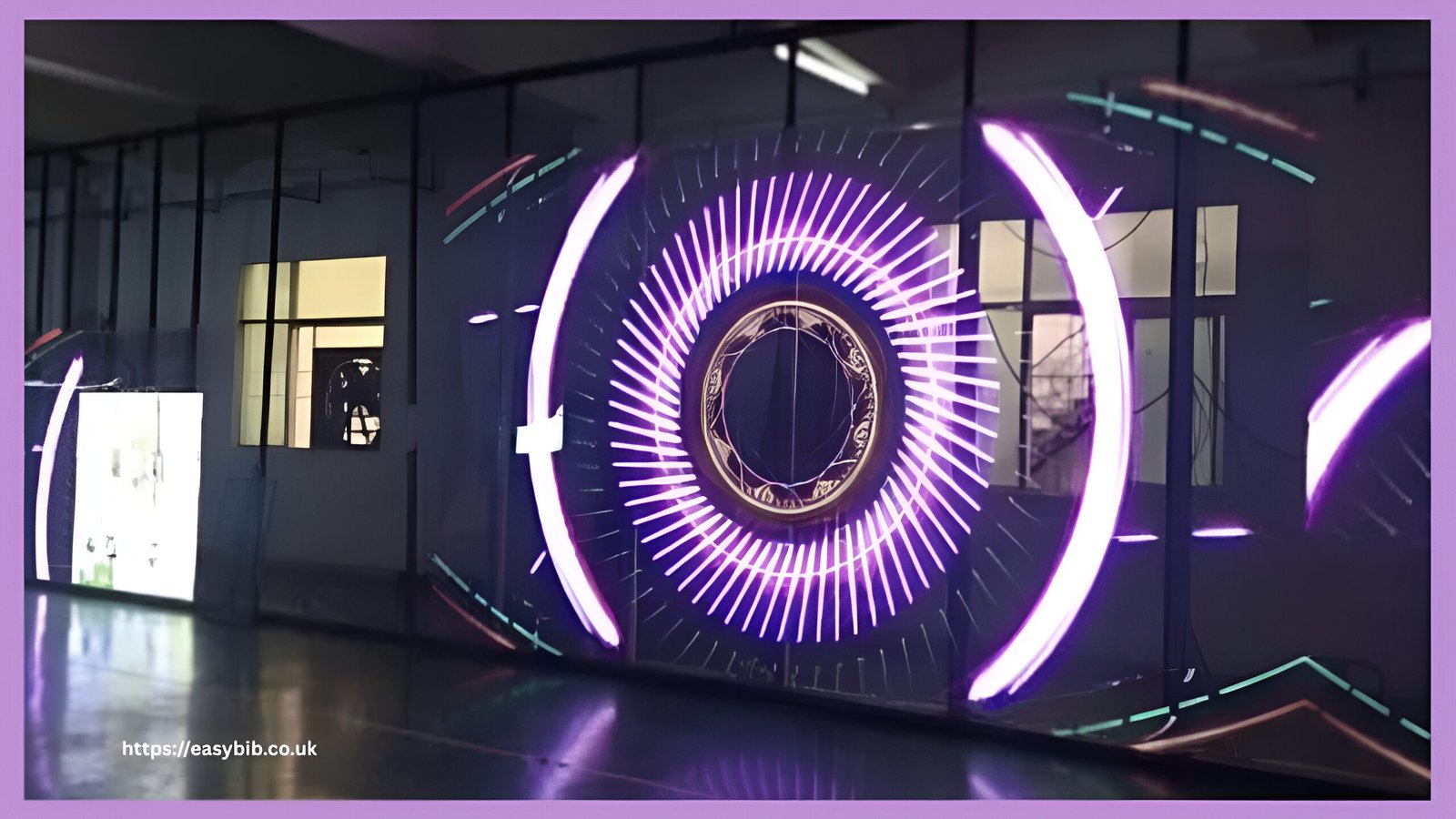What’s the Difference Between Crystal LED and Holographic Screens?

In the past two years, transparent LED displays have been appearing everywhere — from shopping malls and car showrooms to outdoor building façades and even at concerts. As technology becomes lighter, thinner, and more transparent, new product types have emerged, including crystal LED and holographic screens.
At first glance, they may appear similar, but in fact, each type has its own distinct structure, strengths, and optimal applications. Let’s break it down in simple terms.
LED Screen
Think of the LED screen as a thin, transparent layer that can be directly applied to glass. The LEDs are mounted onto a clear PCB, allowing the screen to let in natural light while still displaying bright images.
- Transparency: Around 70%–95%.
- Strengths: Slim, lightweight, easy to install on glass walls.
- Where it works best: Retail shop windows, glass bridges, commercial buildings.
- Drawback: Only slightly flexible, not ideal for complex curved surfaces.
Crystal LED Screen
Crystal LED, sometimes referred to as “jelly screen,” takes things further. Instead of rigid boards, it uses a flexible crystal base. This means the whole screen is softer, thinner, and can even be rolled up for transport.
- Transparency: Up to 95%, almost invisible when turned off.
- Strengths: Flexible, ultra-light, and highly transparent.
- Where it works best: Large glass façades, creative interior projects, high-end advertising.
- Bonus: Because the brightness of each chip is consistent, the display looks smooth and uniform.
Holographic LED Screen
The holographic screen is quite different. It doesn’t just show images — it creates a floating 3D effect that looks like it’s suspended in the air. The structure is typically a mesh, allowing it to remain transparent while projecting visuals forward.
- Transparency: Over 80%, allowing light to pass through.
- Strengths: Creates a real 3D experience that feels futuristic.
- Where it works best: Concerts, exhibitions, trade shows, sports events.
- Drawback: Not rollable, but still light and easy to set up.
Quick Comparison
- Film LED: Cost-effective, decent transparency, mainly for flat glass.
- Crystal LED: Highest transparency, flexible, and premium-looking.
- Holographic LED: Focused on 3D visuals and immersive experiences.
Maintenance Tips
No matter which type you choose, transparent LEDs need basic care:
- Keep them clean to avoid dust buildup.
- Avoid prolonged exposure to water, even if the device is splash-proof.
- Use stable power to prevent damage.
- Adjust the brightness according to day/night use to conserve energy.
READ MORE
Final Thoughts
Film, crystal, and holographic screens are all part of the transparent LED family — but they are not the same. Film LED is practical and affordable, while crystal LED is high-end and flexible. Holographic screens, on the other hand, are all about impact and 3D visuals.
When selecting the right solution, it largely depends on whether your project prioritizes cost, aesthetics, or immersive effects.
